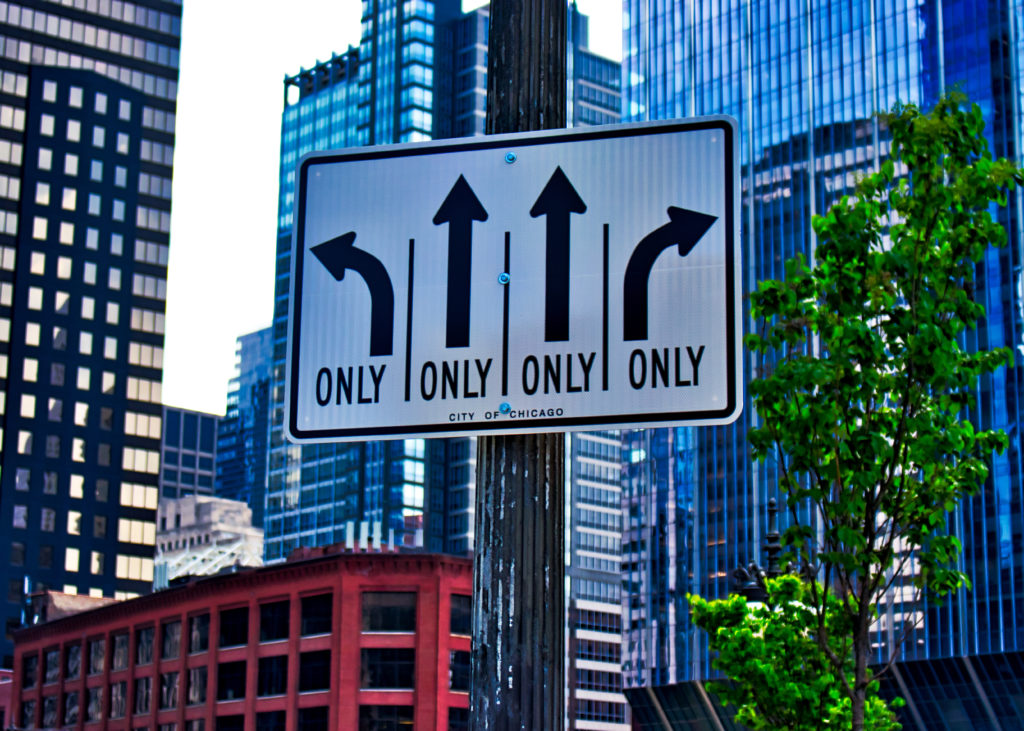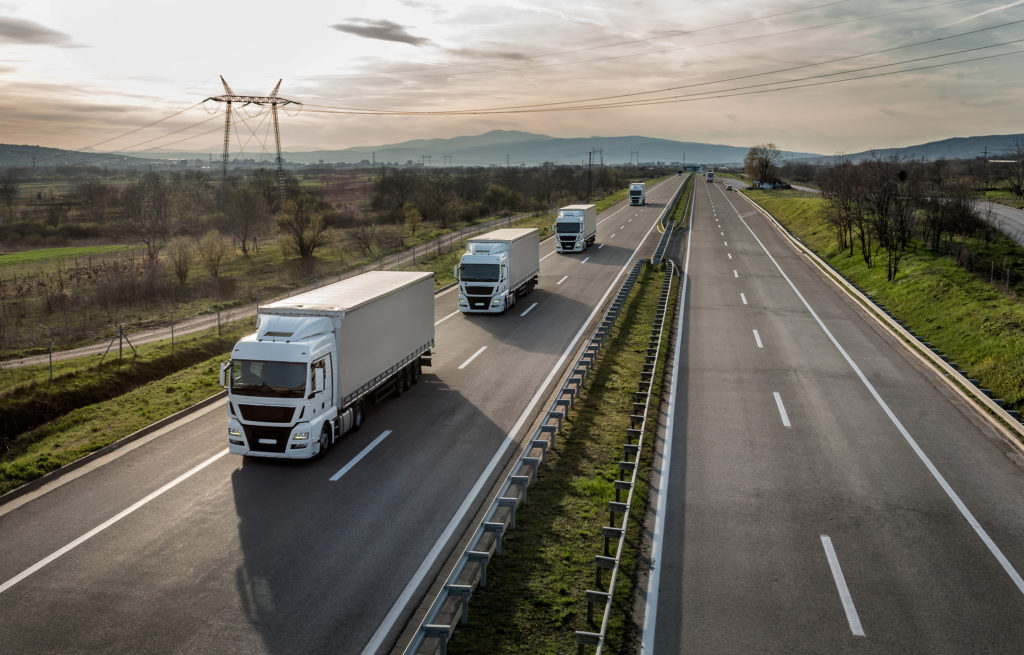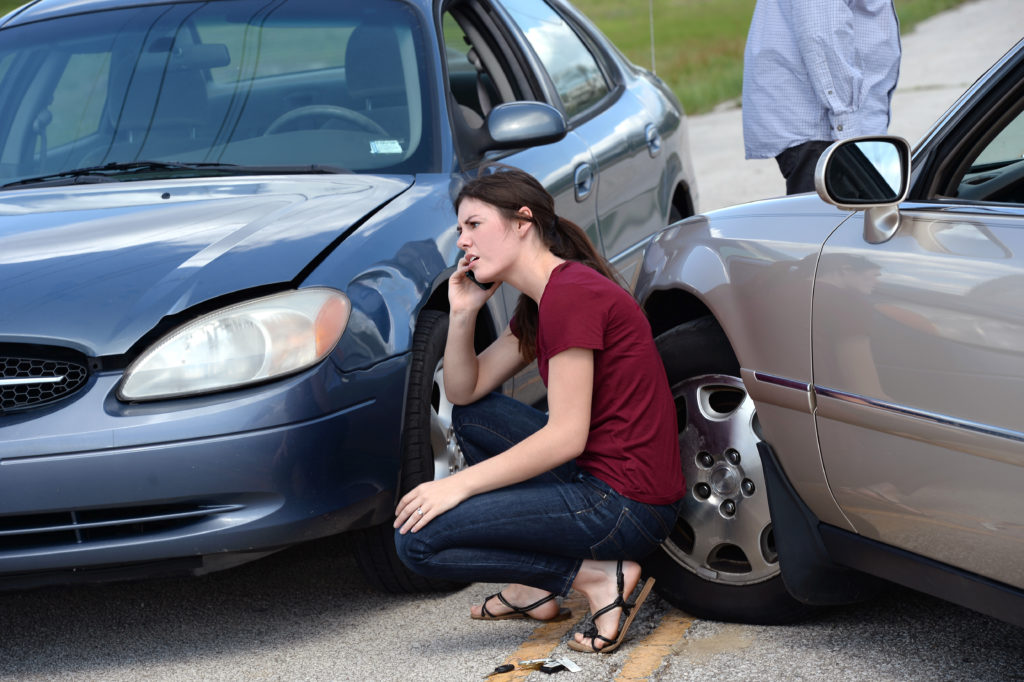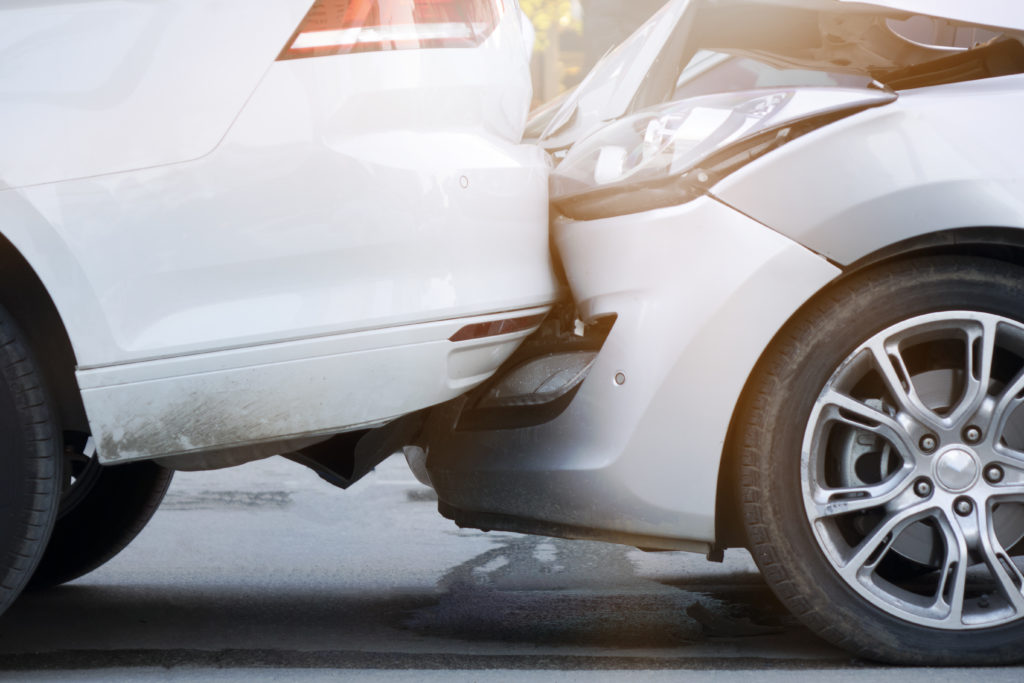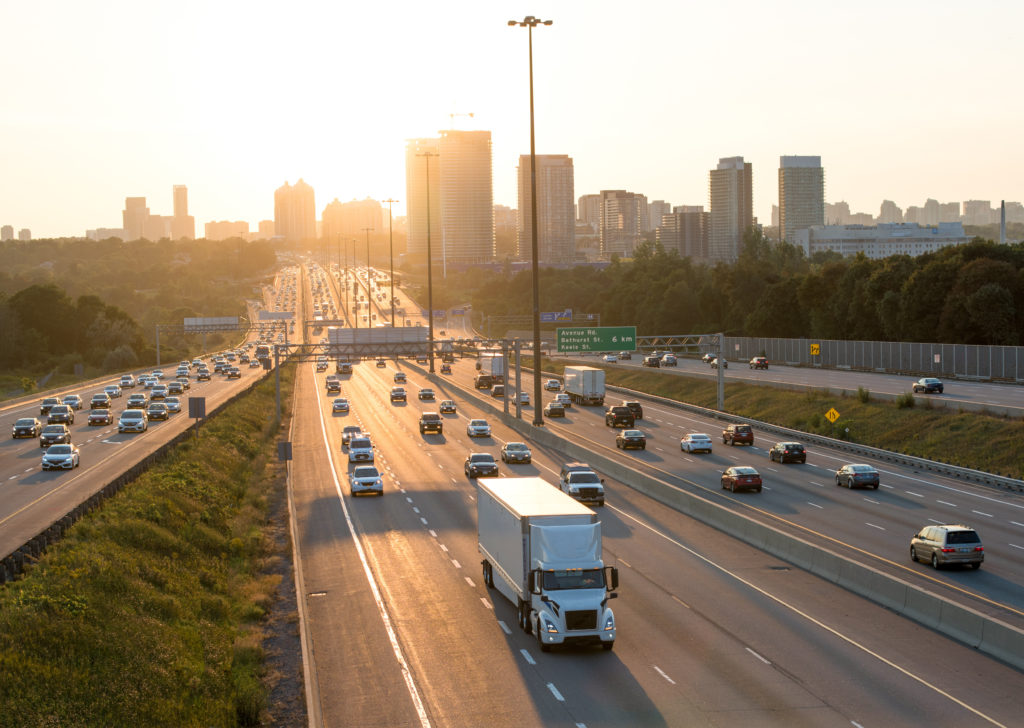
Medical costs have consistently been going up in America in recent years while the minimum liability insurance policy limits that interstate shipping companies are required to carry for their trucks have not followed suit. A bill has been introduced in the House of Representatives that aims to fix this gap in coverage. Representatives, Jesus “Chuy” Garcia from Illinois and Matt Cartwright from Pennsylvania have both put their names on a bill known as the “Insurance Act.”
The purpose of the bill is to expand the minimum limits of liability insurance coverage for trucks that cross state lines from $750,000 to nearly $5,000,000, a number more in line with anticipated medical costs from devastating injuries that can result from a catastrophic crash with a semi-truck.
Some independent shipping companies are concerned that the higher insurance premiums that would result from this bill becoming law could drive smaller companies out of business, leaving only larger outfits in operation.
The Cost of Doing Business
Every business has operation costs. Some are higher than others. The trucking and shipping industry has a lot of overhead. Shippers have to pay for gas, drivers’ wages, and insurance, just to name a few. However, these companies normally pass these costs on to their customers. What we are talking about here is raising the cost of shipping in order to protect individuals and families that are hurt by large truck crashes. Higher insurance coverage limits benefits other professional truck drivers as well, since they also often get injured in these major crashes.
Additionally, trucking companies that are faced with higher insurance payments will be incentivized to make safety an even greater priority, since insurance companies usually base premium rates on their insured’s track record.
High Insurance Costs Already Affecting Trucking Companies
Carney Trucking Company, based in Alabama recently announced it was shutting down after having been in business since 1983 because of the high cost of insurance premiums. A major accident in 2018 resulted in an insurance quote that was so high it made continuing to operate unaffordable. The company’s fleet had around 25 drivers, all who will have to find other places to work now. Considering the high demand for truck drivers, hopefully these workers will be able to quickly land on their feet.
In the case of this trucking company, according to U.S. Department of Transportation records, their vehicles had a higher out-of-service rate than the national average. Whether these statistics had anything to do with the fate of the company would require additional research and analysis, but there is one thing that likely most people can agree on – better safety precautions will save companies money over time.
There are also low-cost tactics trucking companies can use to increase efficiency, save money, and increase safety. One way to do this is to encourage truck drivers to concentrate on their health. With long hours and limited food choices, drivers may find it hard to take care of their health, which is one of their most valuable assets. Additionally, drivers and trucking companies should plan routes that make sure drivers have enough time to sleep and comply with time limits so that they can remain on duty in a safer manner.
These factors can help keep drivers in their best condition. With good rest and good nutrition, they can be more alert and, therefore, ready to properly react in all types of traffic situations to better avoid hazards and prevent crashes.
We shouldn’t prioritize cheaper shipping costs over driver safety. Additionally, in the event that someone is severely injured in a crash with a semi-truck, we shouldn’t favor lower business costs over providing adequate insurance coverage for high medical costs and the after effects of a debilitating injury.
